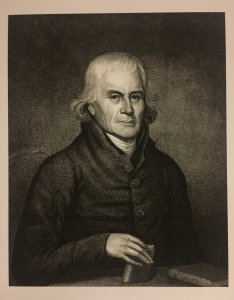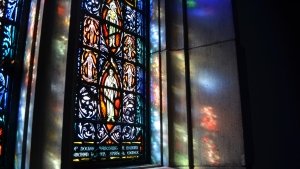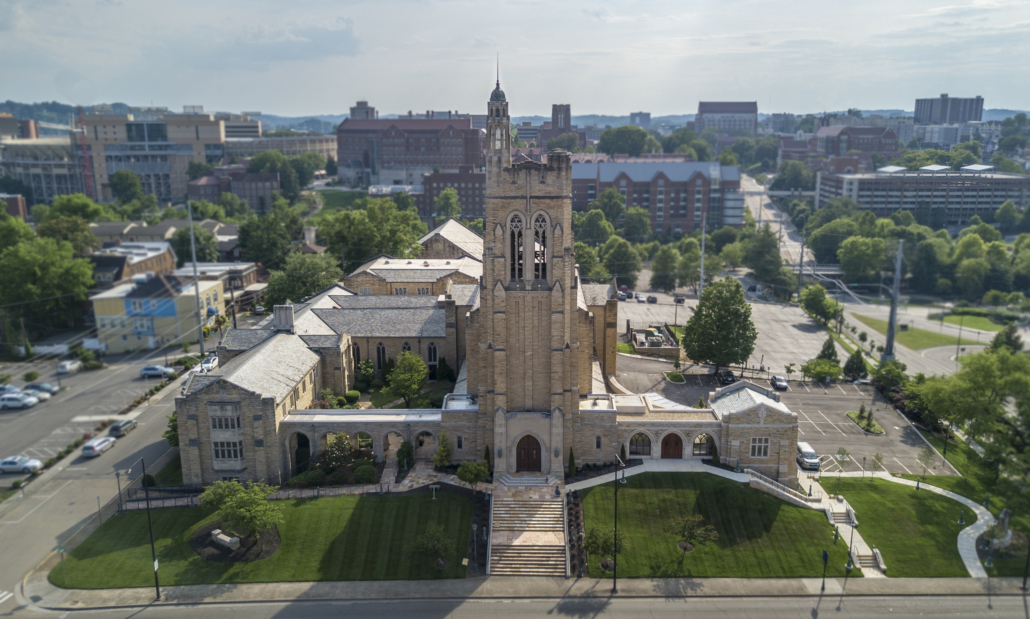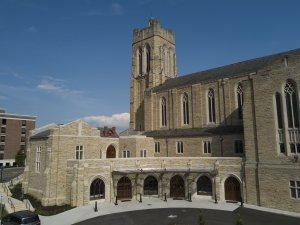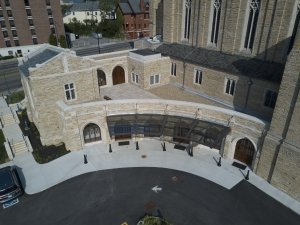CHURCH STREET’S STORIED PAST
I remember the days of old; I meditate on all that you have done; I ponder the work of your hands.
Psalm 143:5
Church Street has a storied past, which you can view below in the form of a timeline, or by visiting the 2nd floor of our building, to see the photos and read the stories associated with its history.
This church was established a few years after the famous Francis Asbury visited Knoxville in 1800. Church Street celebrated its bicentennial in 2016.
1800
1816
Church Initially Built
The first Knoxville Methodist Church, its small frame building constructed in about 1816, was locally referred to as White’s Chapel, located on “Methodist Hill” on the east side of First Creek on what is now E. Hill Ave. In 1936, the growing biracial congregation moved into its new brick church to Church Street in downtown Knoxville, using the previous 1816 church building for educating its African American and white children.
1844
Methodist Episcopal Church Divides into North/South Churches (MEC and MEC/S)
After the 1844 split in the Methodist Episcopal Church, Church Street’s congregation belonged to the Methodist Episcopal Church, South. Following the occupation of Knoxville by late 1861, Confederate forces occupied the Knoxville buildings owned by the MEC churches and used them for a medical facility and for housing troops. During the period of Confederate occupation, Church Street MEC/S continued to function.
1863
Church Street Church, 1863-1928
In 1863, the building on Church Street was confiscated by Union forces and used as a hospital, and later, to stable horses. Its congregation was without its own building for several years. Church Street (MEC,South) reconstituted itself in 1866 and finally regained its property seven years after the end of the Civil War. In 1878, the congregation built a new Victorian Gothic Church on that property. Tragically, it was destroyed by fire in 1928.
1928
Fire Devastates Church
The building was destroyed. No one was injured, but the organist, Bess Platt, was worried that she forgot to lock the organ as she fled when flames broke through the ceiling. She continued to serve as organist for 35 years! Salvaged from the fire were a communion table and chair, the pulpit Bible, and a few pulpit chairs.
1928
Congregation Votes to Build New Church
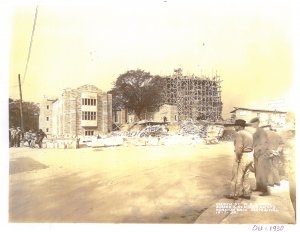 The congregation voted to build a new church on a new and larger lot on Henley Street. It was to be a beautifully constructed building in the Gothic Revival style by renowned architects Charles I. Barber of Knoxville (a member of the church) and John Russell Pope (Jefferson Memorial, National Archives Building, and National Gallery of Art West building in Washington, D.C.).
The congregation voted to build a new church on a new and larger lot on Henley Street. It was to be a beautifully constructed building in the Gothic Revival style by renowned architects Charles I. Barber of Knoxville (a member of the church) and John Russell Pope (Jefferson Memorial, National Archives Building, and National Gallery of Art West building in Washington, D.C.).1929
Stock Market Crashes
With respect to the new building, everything went well until the stock market crash of 1929. Despite the crash, church members continued to push forward with the plan, and during the ensuing Great Depression, some even sold their personal belongings and used their homes as collateral to make payments for the new building. The first church service in the new building was held on January 25, 1931, just 9 months and 24 days after construction had begun. One thousand worshipers attended this first service and they sat in 1000 cane-bottom chairs. This building is now a Knoxville icon and is on the National Registry of Historic Places.
1931-Present
New Church on Henley Street
When its building burned in 1928, the growing congregation was in the process of deciding where to build a much-needed larger facility. It ultimately decided to build a Revival Gothic style structure at the corner of Henley and W. Main. Constructed during the Great Depression, the debt payments required much sacrifice and careful management of expenses; the obligation was finally eliminated in 1953. The MEC and MEC/S along with the Methodist Protestant church united in 1939 forming the Methodist Church. In 1968 the merging of the Evangelical United Brethren church resulted in the current denomination, The United Methodist Church. Throughout its long life, Church Street has been involved in planting new churches in the Knoxville area, establishing new Methodist organizations such as Wesley House, the Wesley Foundation, local and foreign missions, and many other initiatives.
1939
Holston Conference Reunites
After 75 years of division around slavery and the Civil War, the Holston Conference reunites its two factions.
1950
Chancel Elevation Completed
Wainscoting from Irving-Casson of Boston and New York was installed in the chancel. Lanterns were purchased and installed, correcting a decades-long problem with lighting.
1955-56
Chapel Painting by Hugh Tyler Completed
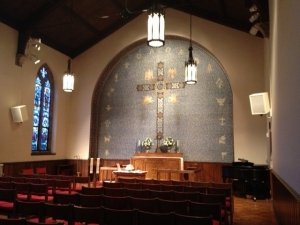 Our chapel has striking examples of the use of Christian symbols. The wall at the front of the chapel has a cross as its centerpiece. The wall looks like a mosaic, but in reality it is painted and was completed by Hugh Tyler in 1955-56, a nationally known ecclesiastical artist who grew up in Knoxville and studied art in New York. His work can also be found at St. John’s Episcopal Church, 2nd Presbyterian Church, and Wesley Foundation at the University of TN.
Our chapel has striking examples of the use of Christian symbols. The wall at the front of the chapel has a cross as its centerpiece. The wall looks like a mosaic, but in reality it is painted and was completed by Hugh Tyler in 1955-56, a nationally known ecclesiastical artist who grew up in Knoxville and studied art in New York. His work can also be found at St. John’s Episcopal Church, 2nd Presbyterian Church, and Wesley Foundation at the University of TN.1956
1963
Education Building Completed
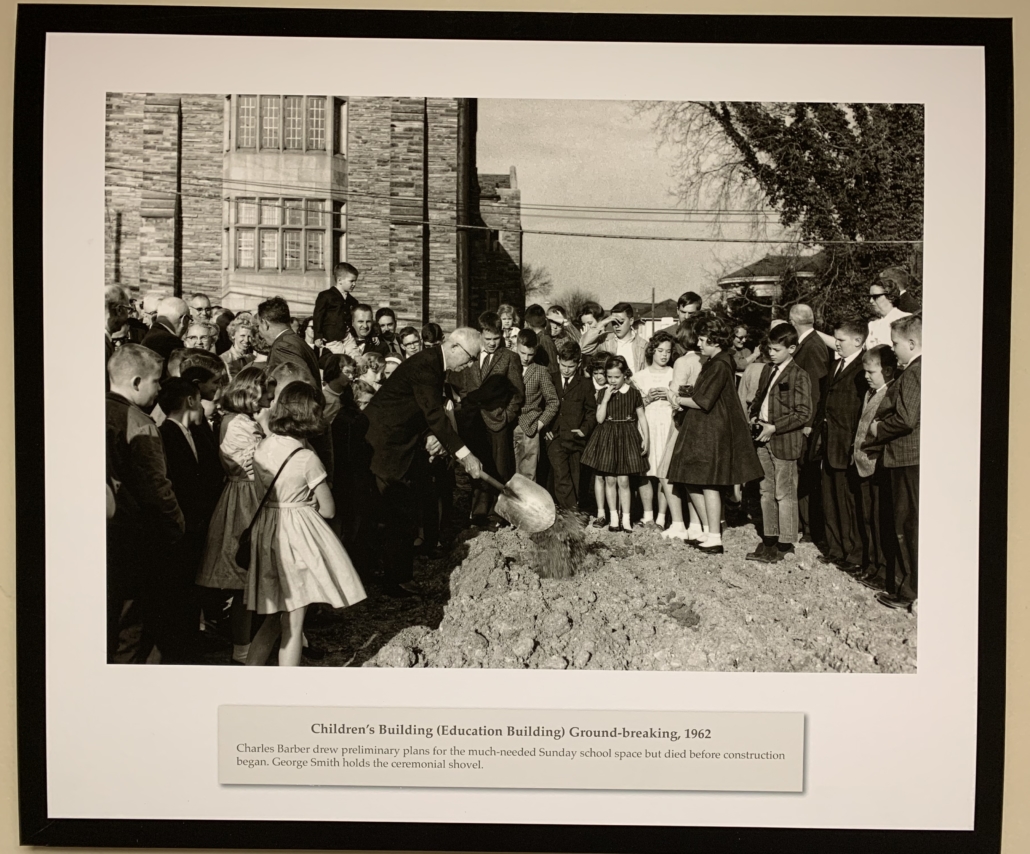
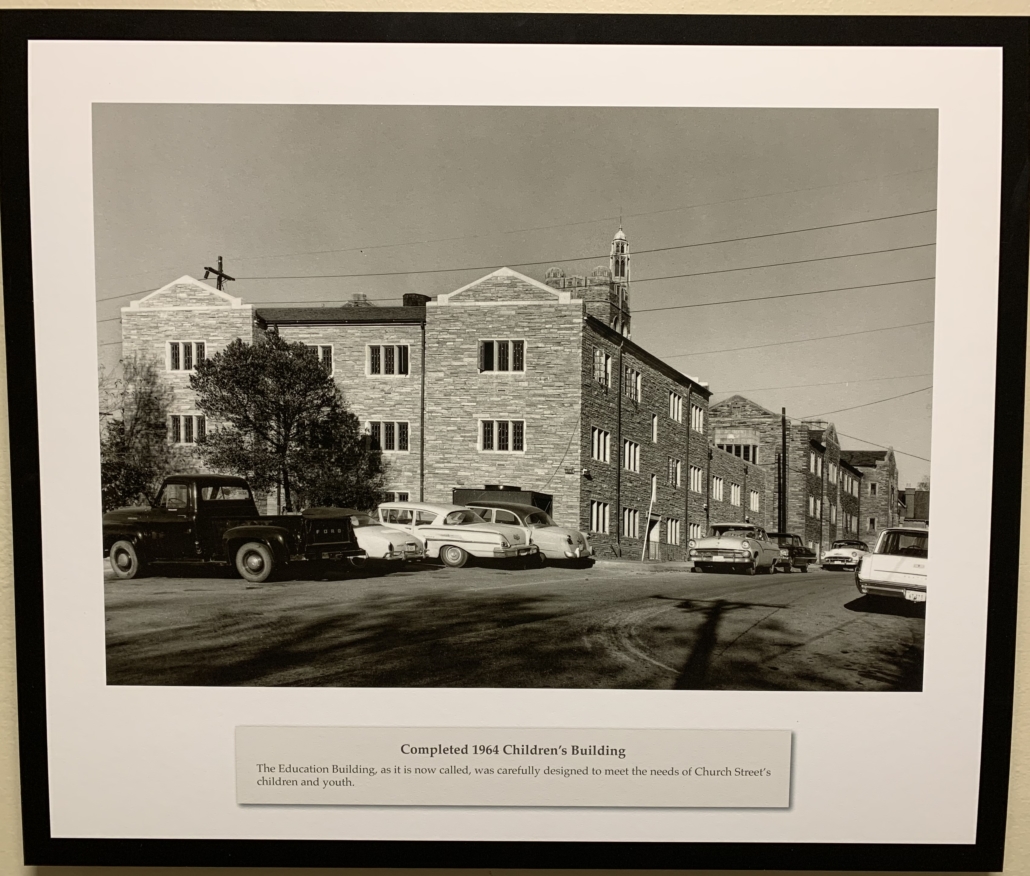 Designer Charles Barber of Barber & McMurray died just four days after plans were finalized for this next “wing” of the church.
Designer Charles Barber of Barber & McMurray died just four days after plans were finalized for this next “wing” of the church.1965
Aeolian Skinner Organ Purchased
 The original organ was bought in the early 1930s for half price at about $17,500. The new Aeolian Skinner Organ cost approximately $100,000. In 2001, the antiphonal organ was added in the balcony at the east end of the Nave.
The original organ was bought in the early 1930s for half price at about $17,500. The new Aeolian Skinner Organ cost approximately $100,000. In 2001, the antiphonal organ was added in the balcony at the east end of the Nave.1989
Church Life Center (CLC) Building Opened
Ground was broken in September of 1986 and completed December 1989, with a cost estimate of $2.3 million.
2006
Church Bells Ring for the First Time in 75 Years
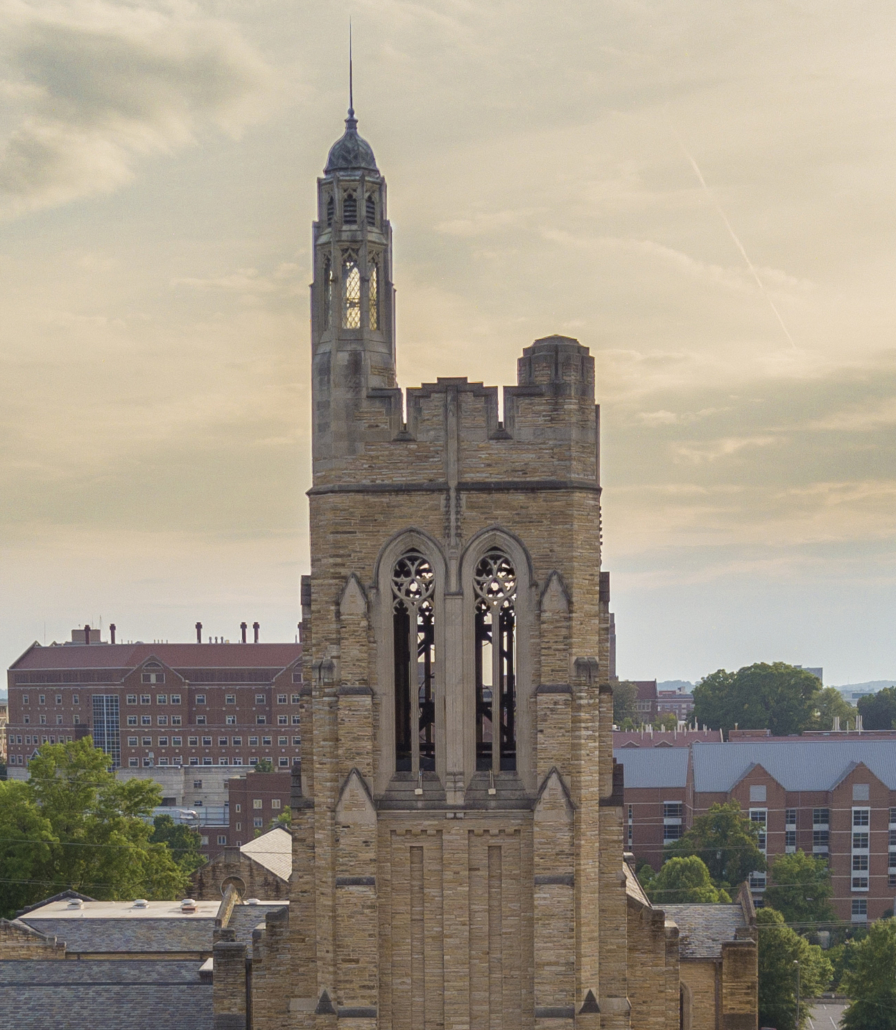 No gothic church would be complete without a bell tower and its bells. Yet, with all its style and beauty, Church Street was not fully equipped with its bells until 2006. On the Sunday before Christmas in 2006, the tall and stately bell tower heard the very first beautiful and rich peal of its bells, almost exactly 75 years after its first service in the nave in January 1931. The occasion of the 75th anniversary in 2006 was the inspiration for the donation of bells from the famous la Fonderie Paccard in Anncey-leVieux, France.
No gothic church would be complete without a bell tower and its bells. Yet, with all its style and beauty, Church Street was not fully equipped with its bells until 2006. On the Sunday before Christmas in 2006, the tall and stately bell tower heard the very first beautiful and rich peal of its bells, almost exactly 75 years after its first service in the nave in January 1931. The occasion of the 75th anniversary in 2006 was the inspiration for the donation of bells from the famous la Fonderie Paccard in Anncey-leVieux, France.2017

